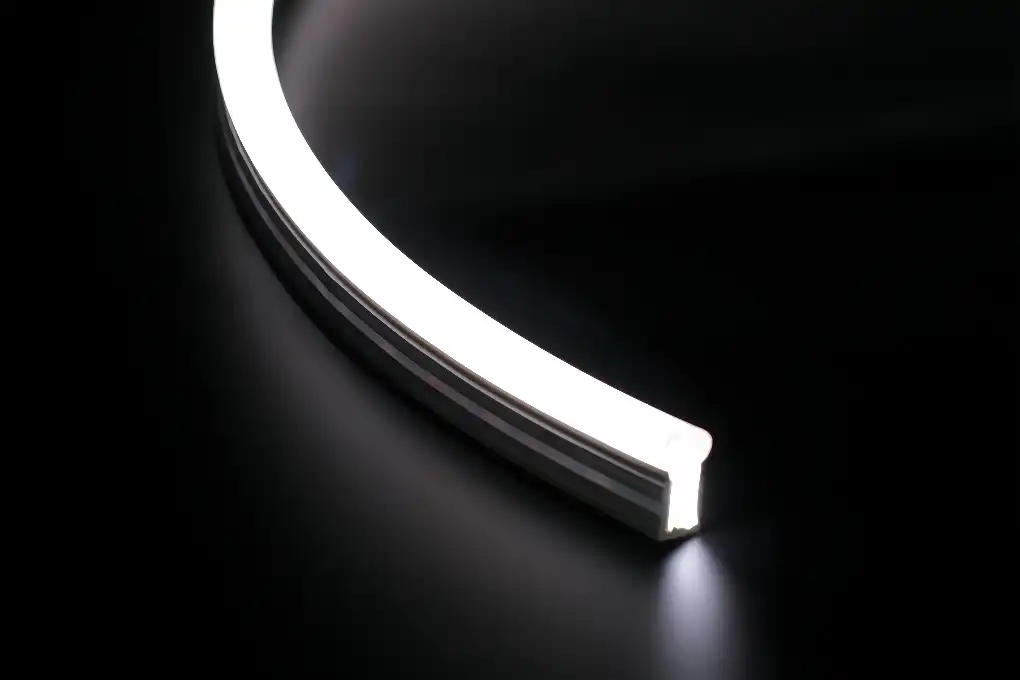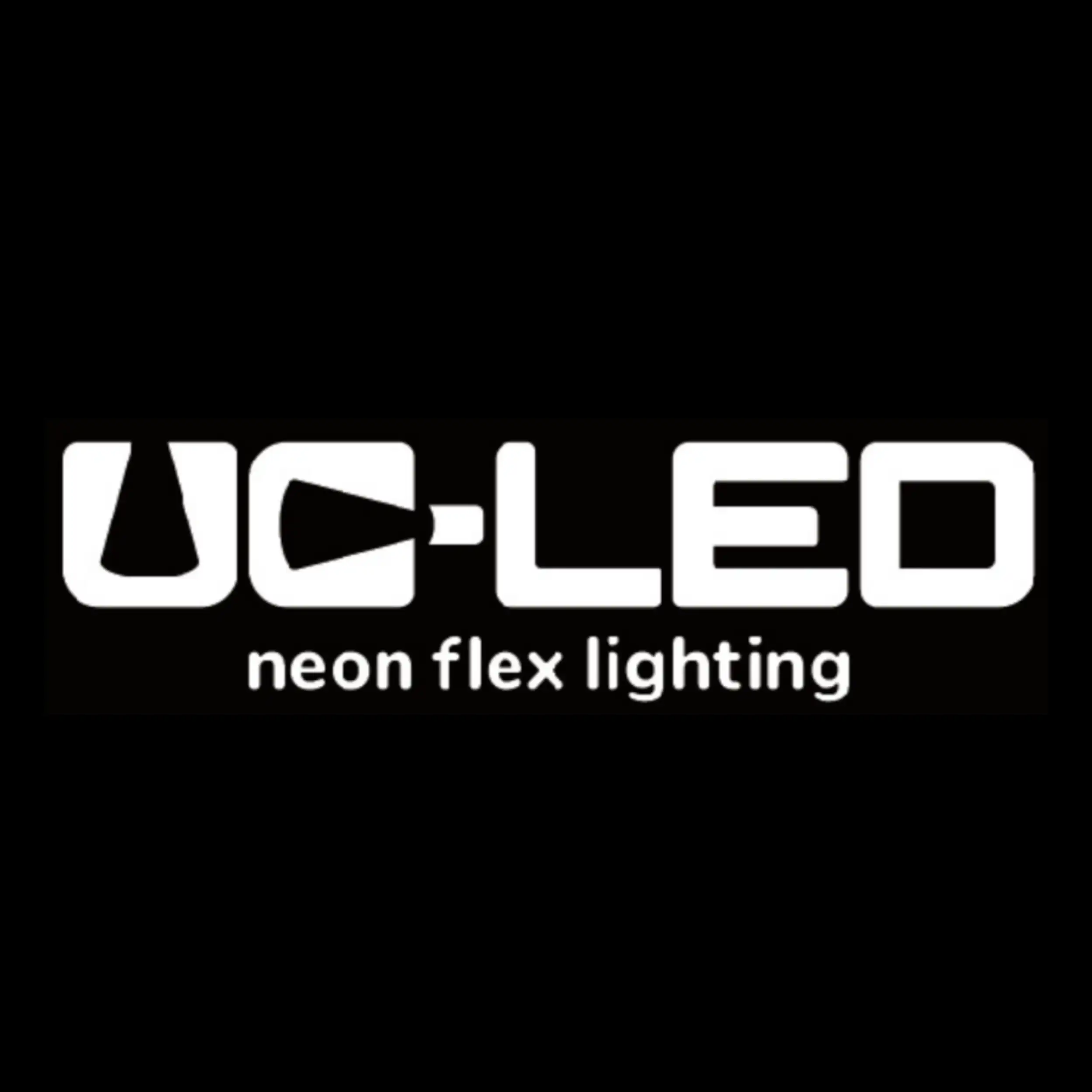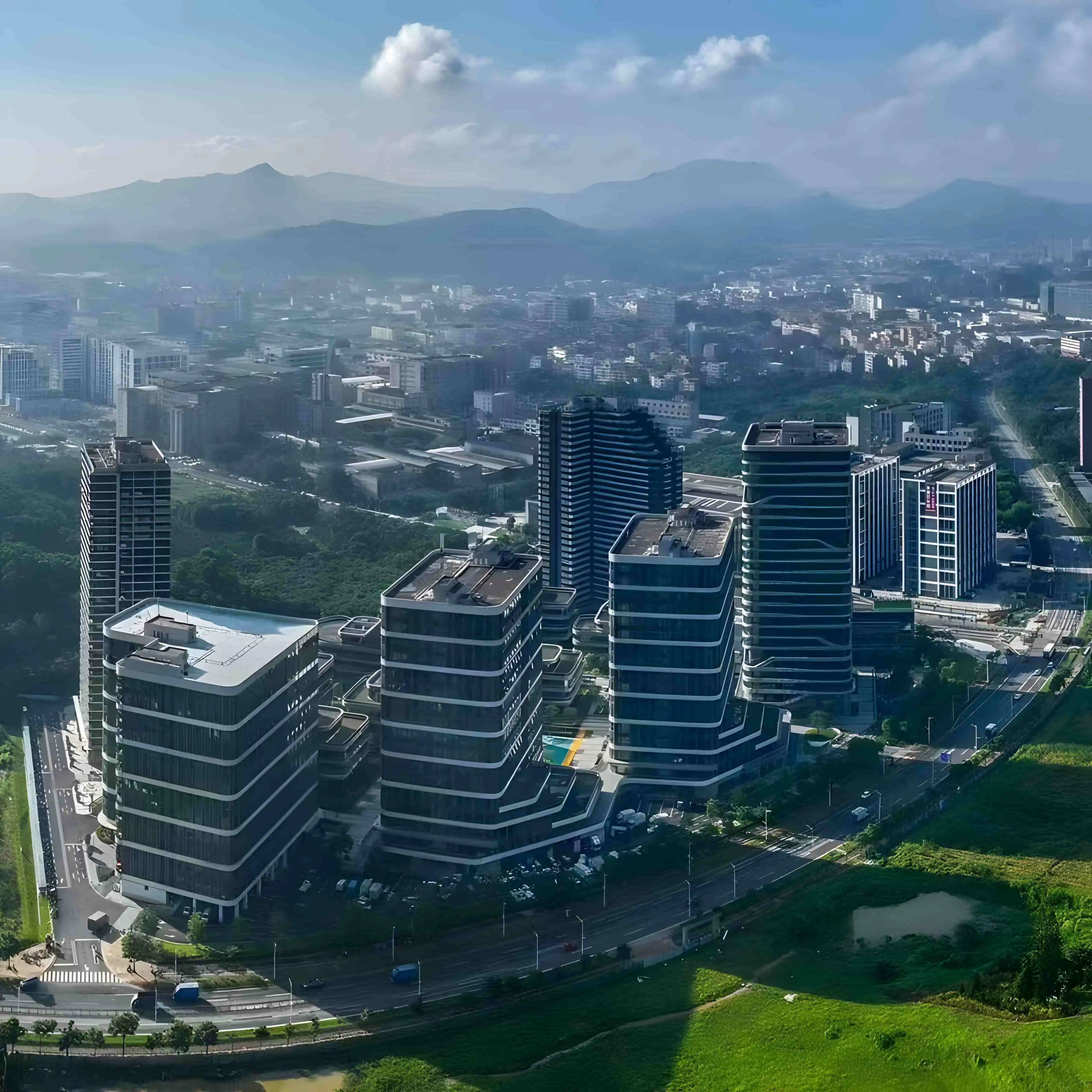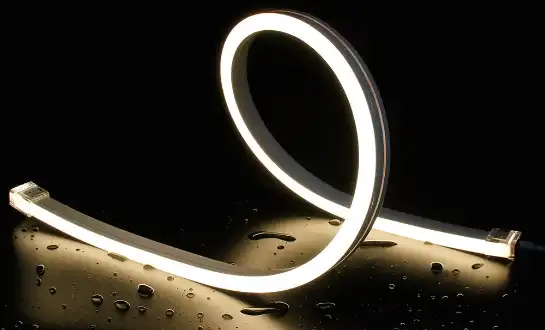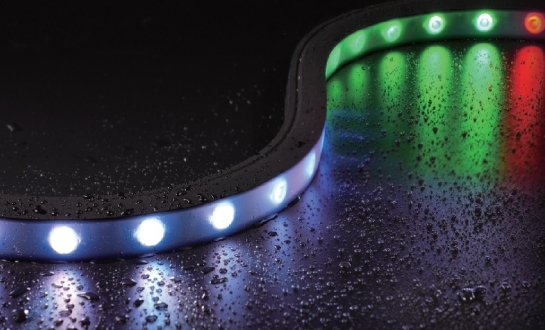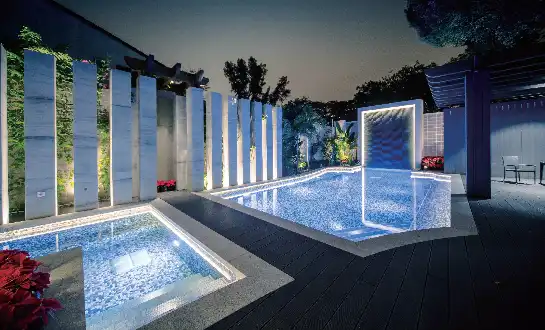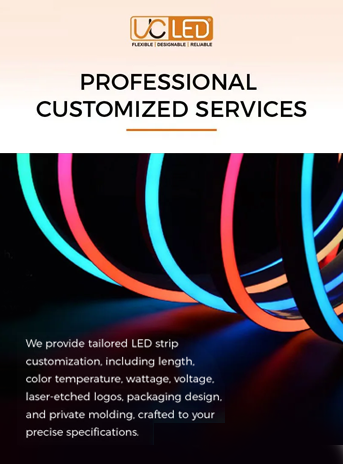The Evolution of Architectural Lighting in the Middle East
The Middle East has long been a beacon of architectural innovation, blending traditional Islamic design with cutting-edge modern aesthetics. In recent years, the region has embraced lighting as a crucial element in architectural expression, moving beyond mere functionality to create immersive, dynamic environments.
Traditional Lighting Techniques
Historically, Middle Eastern architecture incorporated intricate patterns and designs that played with natural light. Mashrabiya screens and stained glass windows filtered sunlight, creating captivating shadows and color patterns. These traditional elements served both practical and aesthetic purposes, providing privacy and cooling while also enhancing the visual appeal of buildings.
The Shift Towards Modern Lighting Solutions
As cities like Dubai, Doha, and Abu Dhabi have transformed into global hubs of commerce and tourism, there's been a parallel evolution in architectural lighting. The region's skylines now boast some of the world's most illuminated and visually striking buildings. This shift has been driven by advancements in lighting technology, particularly the development of LED systems.
The Emergence of LED Neon Flex
Among these advancements, LED neon flex has gained significant traction. This innovative lighting solution offers the visual impact of traditional neon but with greater flexibility, energy efficiency, and durability. Its ability to create smooth, continuous lines of light makes it ideal for outlining architectural features, creating dynamic facades, and adding a modern touch to both new constructions and heritage buildings.
Key Applications of LED Neon Flex in Middle Eastern Architecture
LED neon flex has found numerous applications in the architectural landscape of the Middle East, contributing to the region's reputation for innovative and visually stunning design.
Facade Illumination
One of the most prominent uses of LED neon flex is in facade lighting. The flexibility of this lighting solution allows architects to highlight the unique contours and features of buildings, creating striking visual effects that transform structures after dark. In cities like Dubai, where architectural competition is fierce, LED neon flex helps buildings stand out in the nighttime skyline.

Interior Accent Lighting
Beyond exterior applications, LED neon flex is increasingly being used in interior design. Its slim profile and ability to create seamless lines of light make it perfect for accentuating architectural features like ceiling coves, staircases, and wall recesses. In luxury hotels and high-end retail spaces across the Middle East, LED neon flex is used to create ambient lighting that enhances the overall atmosphere and customer experience.
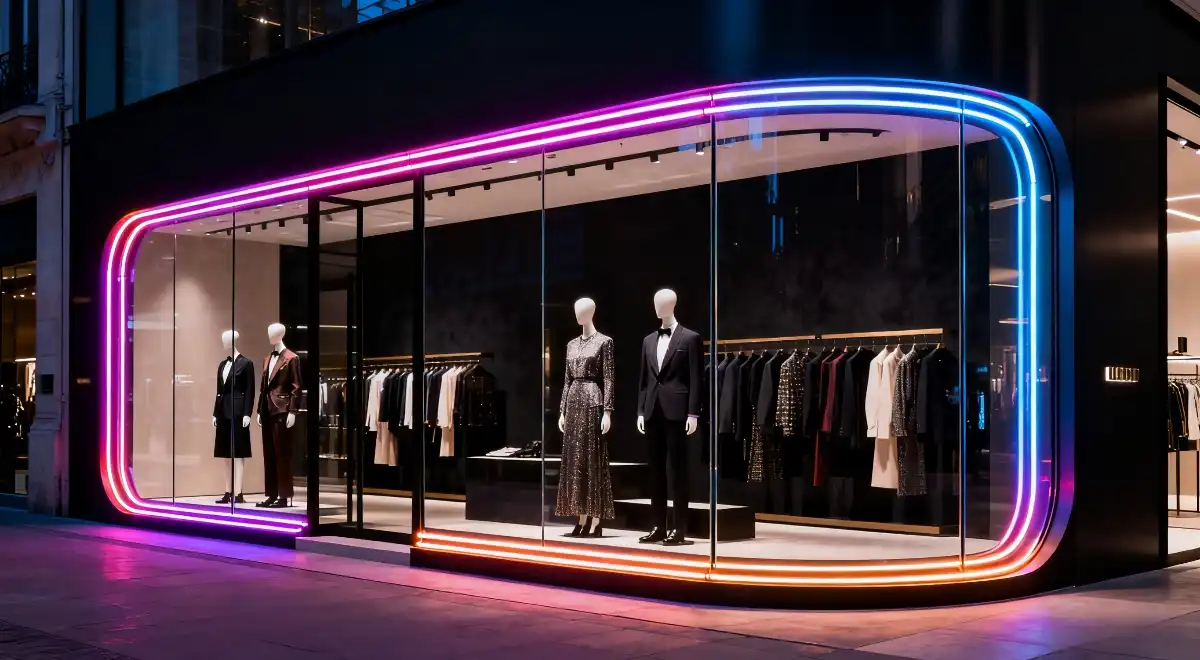
Public Art and Installations
The versatility of LED neon flex has made it a favorite among artists and designers creating public installations. From interactive light sculptures in urban plazas to dynamic displays in shopping malls, this technology allows for the creation of engaging, memorable experiences that blur the lines between architecture, art, and technology.
The Advantages of LED Neon Flex in Middle Eastern Climates
The harsh climate of the Middle East presents unique challenges for architectural lighting. LED neon flex has several advantages that make it particularly well-suited to this environment.
Heat Resistance
Unlike traditional neon, LED neon flex can withstand high temperatures without degradation in performance. This is crucial in a region where summer temperatures can soar well above 40°C (104°F). The heat-resistant properties of LED neon flex ensure consistent illumination and longevity, even in the most demanding climatic conditions.
Energy Efficiency
In a region where energy consumption is a growing concern, the efficiency of LED neon flex is a significant advantage. These lighting systems consume substantially less power than traditional lighting options, aligning with the sustainability goals of many Middle Eastern countries. This efficiency not only reduces operational costs but also minimizes the environmental impact of large-scale architectural lighting projects.
Durability and Low Maintenance
The sealed construction of LED neon flex makes it resistant to dust and sand, common environmental factors in many Middle Eastern cities. This durability translates to lower maintenance requirements and longer lifespans, making it an attractive option for both temporary installations and permanent architectural features.
Future Trends: The Evolving Role of LED Neon Flex
As architectural lighting design in the Middle East continues to evolve, LED neon flex is poised to play an even more significant role. Several emerging trends are shaping the future of this technology in the region.
Smart Integration
The integration of LED neon flex with smart building systems is becoming increasingly common. This allows for dynamic lighting control, enabling buildings to change their appearance based on time of day, special events, or even in response to environmental conditions. Such integration enhances the interactive potential of architectural lighting, creating more engaging and responsive urban environments.
Sustainable Design
As Middle Eastern countries intensify their focus on sustainability, the eco-friendly aspects of LED neon flex are becoming more valuable. Future developments in this technology are likely to further reduce energy consumption and increase the use of recyclable materials, aligning with green building initiatives across the region.
Customization and Localization
There's a growing trend towards using lighting design to express cultural identity and local heritage. LED neon flex's flexibility allows for the creation of intricate patterns and designs inspired by traditional Islamic art and calligraphy. This blend of modern technology with cultural motifs is likely to become more prevalent, offering a unique way to celebrate local identity within contemporary architectural contexts.
Conclusion
LED neon flex has undeniably transformed architectural lighting design in the Middle East, offering a perfect blend of functionality, aesthetics, and efficiency. As the region continues to push the boundaries of architectural innovation, this versatile lighting solution will undoubtedly play a crucial role in shaping the luminous landscapes of tomorrow. For architects, designers, and property developers looking to make a lasting impact, partnering with a reputable LED neon flex supplier or manufacturer is key to bringing visionary projects to life.
FAQ
What makes LED neon flex suitable for Middle Eastern architecture?
LED neon flex is ideal for Middle Eastern architecture due to its heat resistance, energy efficiency, and durability in harsh climates. It offers versatile design options, aligning with both modern and traditional aesthetics.
How does LED neon flex contribute to sustainable design?
LED neon flex contributes to sustainability through its low energy consumption, long lifespan, and reduced maintenance needs. These factors help minimize environmental impact and operational costs in architectural lighting projects.
Elevate Your Architectural Lighting with QUAN HE's Premium LED Neon Flex Solutions
QUAN HE Lighting Co., Ltd., established in 2015, is a leading manufacturer of premium linear lighting products, including state-of-the-art LED neon flex. Our 5,000m²+ factory, equipped with advanced SMT assembly lines and strict quality control processes, ensures the production of high-quality, innovative lighting solutions. As a trusted LED neon flex manufacturer and supplier, we offer tailored OEM and ODM services to bring your unique architectural lighting visions to life. Experience the QUAN HE difference – superior quality, expert support, and cutting-edge technology. Contact us at Linda@uc-led.com to illuminate your next project with precision and excellence.

References
1. Al-Sallal, K. A. (2016). "Sustainable Lighting Design in the Middle East: Challenges and Opportunities." Journal of Architectural Engineering, 22(1).
2. Hassan, N. & Zin, R. M. (2018). "LED Technology in Architectural Lighting: A Review of Current Trends in the Gulf Region." Sustainability in Energy and Buildings, 131, 39-52.
3. Mohamad, T. & Ala'a, A. (2019). "Smart Lighting Systems in Middle Eastern Architecture: Integrating Tradition with Technology." Smart and Sustainable Built Environment, 8(4), 307-323.
4. Rolfes, L. & Ünlü, B. (2020). "The Impact of LED Neon Flex on Contemporary Middle Eastern Architectural Design." Architectural Science Review, 63(3), 254-266.
5. Zaidan, E. & Ghosh, A. (2021). "Sustainable Architectural Lighting in the Middle East: Balancing Aesthetics and Energy Efficiency." Energy and Buildings, 233, 110652.
